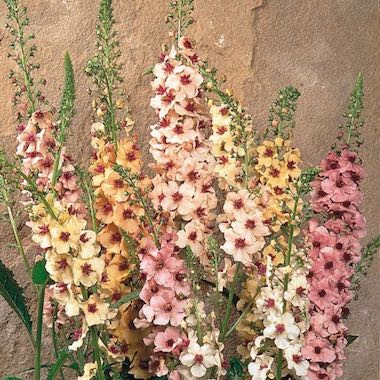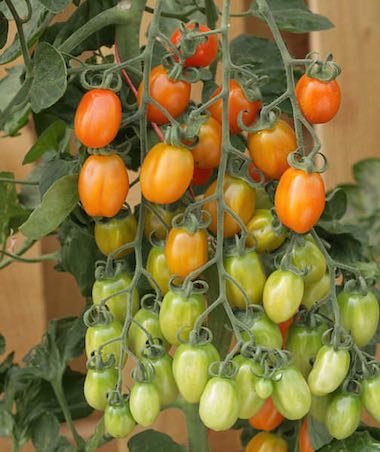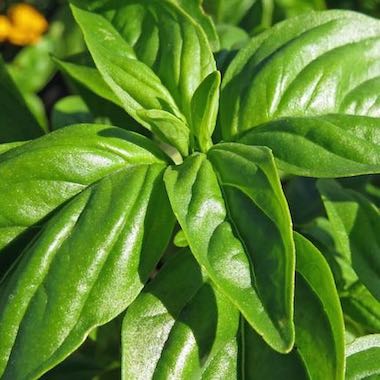Posts tagged with "gardening knowledge":
Garden Pests: Tomato Hornworm Posted by Ben on July 12, 2017
Tomato hornworms are very large caterpillars that can grow up to four inches long. Adult caterpillars are bright green with white stripes and dark eye-like spots on each section of their abdomens. Coloration on young caterpillars is typically lighter but with similar patterns.
They’re fairly easy to identify but not always easy to find as they blend in with the foliage of their favorite food, the tomato plants in our gardens. You’ll likely find evidence of tomato hornworms in the form of dark green or...
[ Read More ]
Garden Pests: Slugs and Snails Posted by Ben on June 26, 2017
Garden Pests: Slugs and Snails
Ways to control slugs and snails in your garden:
Water in the morning, not in the evening.
Watering in the morning allows the soil surface to dry out before nighttime when slugs and snails are most active. Slugs and snails prefer to travel on moist surfaces. Dry surfaces will slow down their activity and limit the subsequent damage to your plants.
Share a beer with the slugs and snails.
Fill a shallow dish with beer and place it in your garden. Slugs and snails are...
[ Read More ]
Garden Pests: Cucumber Beetles Posted by Ben on June 16, 2017
Garden Pests: Cucumber Beetles
The Pest:
There are two types of cucumber beetles, striped (Acalymma vittatum) and spotted (Diabrotica undecimpunctata). Both types are about 1/4 inch long and yellowish-green in color (sometimes orangish-green), one with black lengthwise stripes and the other with black spots.
Both types of cucumber beetles are found throughout North America.
The Problems:
Both types of cucumber beetles love to feed on cucumber plants and other plants in the cucurbit family such as...
[ Read More ]
All about "Days to maturity" Posted by Ben on June 7, 2017
The ‘days to maturity’ number tells you how many days until a plant will be mature enough to begin producing vegetables, fruits or flowers.
For seeds that are best started in containers for later transplanting (e.g. tomatoes and peppers), the number of days to maturity starts after the seedlings are transplanted into the garden. For example, we list Juliet tomato as taking 60 days to mature. This means that, on average, a Juliet tomato plant will produce its first ripe tomato about 60 days after the...
[ Read More ]










